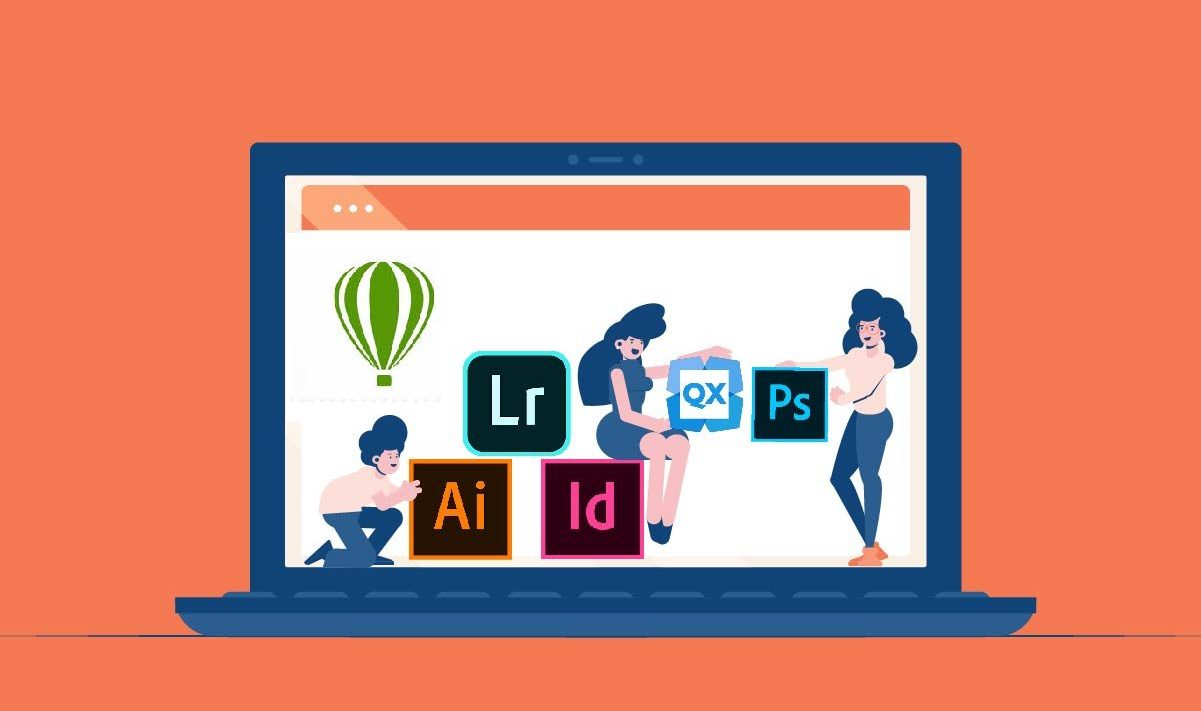Are you able to distinguish between good and terrible designs? Are you aware? What distinguishes “poor” design? What distinguishes “excellent” design? The guiding elements of design include alignment, wisdom, and balance. These guidelines are always followed by graphic designers to create flawless and captivating graphics.Dream Design Institute outlined key design ideas about graphic design.
- Alignment:
One of the most fundamental but crucial design ideas is alignment. This principle enables our eyes to see design elements in the correct order. Have you ever encountered designs that left you unsure of where to look? Left, Right, or Cantered? These kinds of clumsy designs occur because the alignment principle was not used in the specific design. Aligning pieces such that they are all visually connected on the page streamlines a design and gets rid of the haphazard, disorganized appearance that results from the arbitrary placement of parts. - Contrast:
Contrast is the distinction among two or more items in a design. The contrast could be between something brilliant and drab, thin and thick, light and dark, etc. High contrast is defined as a brilliant blue icon on a bright white background with lots of white space. The contrast would be reduced if the button had a 1px stroke rather than a fill or was nearly the same color as the background. Black text on the white background creates the most prevalent and eye-catching contrast in text-based designs. The elements were claimed to be compared with one another at that point as the more the components different from each other, the simpler it is to evaluate and comprehend them. Contrast can be seen in shape, colors, scale, and layout, among other things. It is also one of the most fundamental principles of graphic design. - Repetition:
Simply put, repetition in design refers to using the same element repeatedly. You could, for instance, draw a line horizontally, then numerous more lines next to it. Web and mobile app design can benefit from repetition. For instance, you’d anticipate seeing a company’s emblem in the same spot and on every page. Repetition and pattern combine to give the artwork a lively appearance. The consistency of the design is achieved through the repetition of design elements. Shapes and colors can both be repeated. - Hierarchy:
Designers utilize the visual design idea of hierarchy to use the following elements to highlight the significance of each page’s or screen’s contents: Users are more likely to notice larger items. Color: Vibrant hues are more likely to catch someone’s eye than subdued ones. One of the finest ways to see your style in rank is through a hierarchy. Although hierarchy is not dependent on a particular design style, it is a fundamental concept for all designs. A good designer guides the client’s eye across each area in order of importance. Newspaper stories are among the best instances of hierarchy. The most crucial element on the page is the headline, which lets you know what you’re reading. The intro offers you a synopsis of the piece, and the content contains the bulk of the design concepts. The article wouldn’t make much sense if we read from top to bottom. - Space:
Space can be referred to as the region between or surrounding design elements or objects. For instance, if you wanted to place a picture on a website, the space around the image would be considered space. This also goes by the names white space and negative space. When your design incorporates a lot of the other design aspects, the utilization of space is more crucial. Larger page borders will make a page look more professional and simpler to read. Think carefully about where to place human subjects in images so that they have room to look at or into. Use only a minimal amount of space around or between items or elements to connect them. Don’t be terrified of the unknown. A page does not need to be filled in. Keep in mind that space provides the eyes somewhere to relax!
Both an undergraduate and professional Graphic Design course is offered by Dream Design institute. Subscribe to any of the following programs to explore your artistic side!

